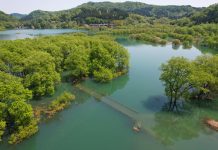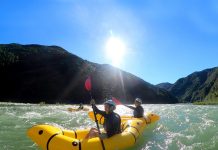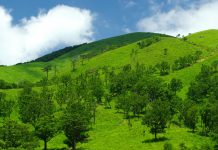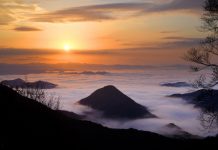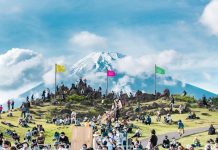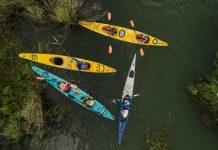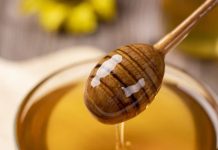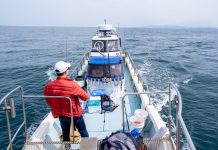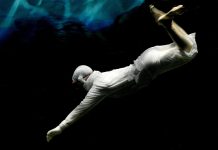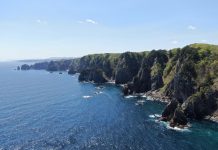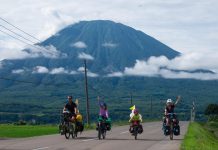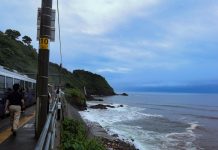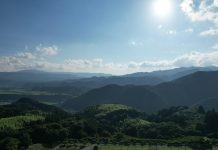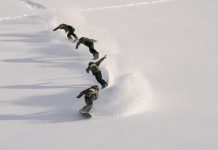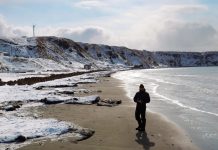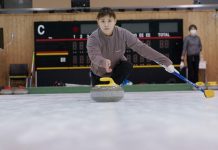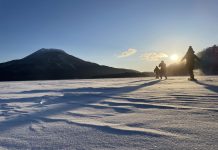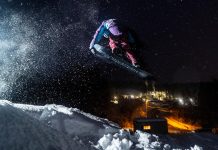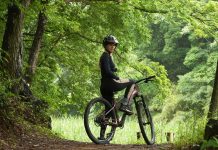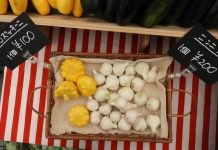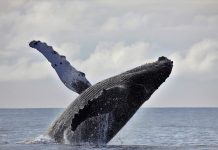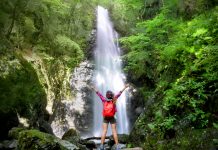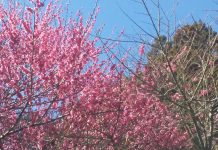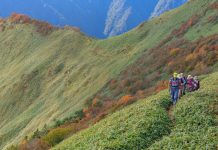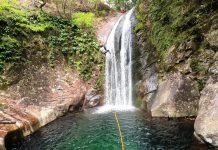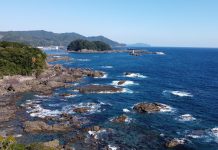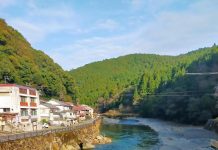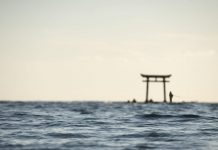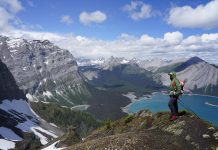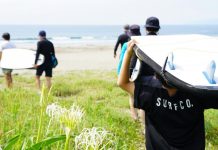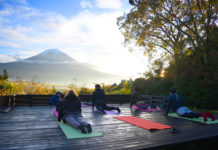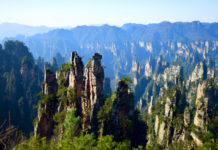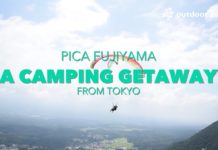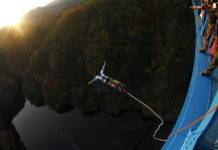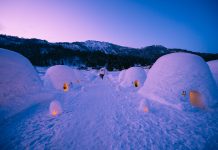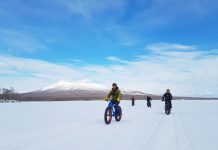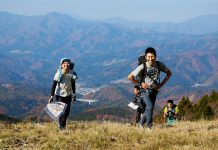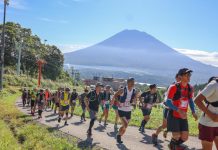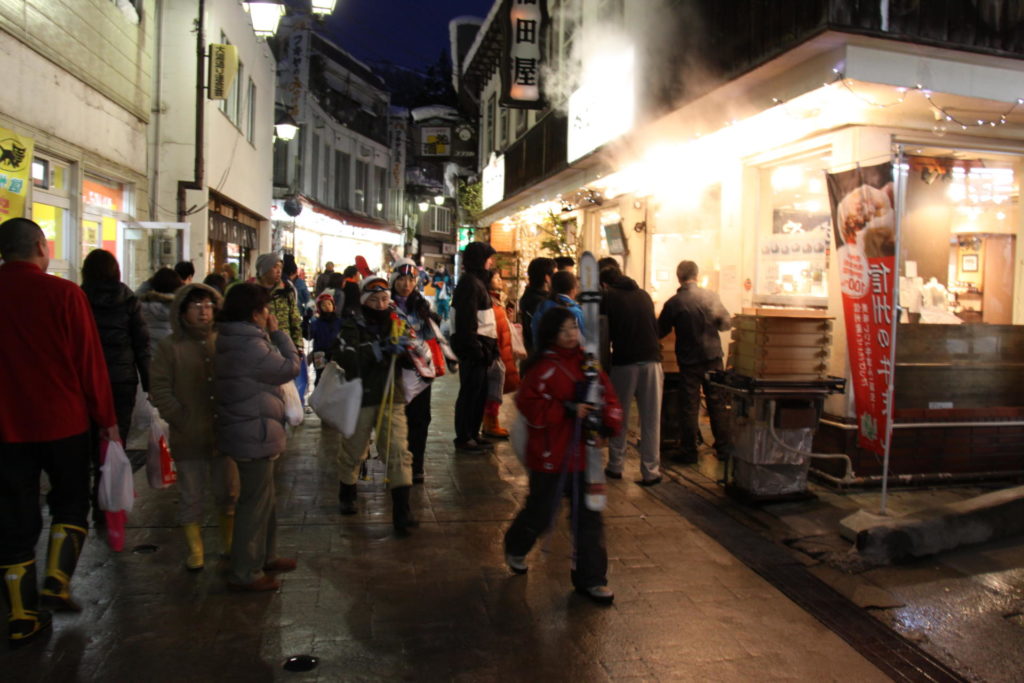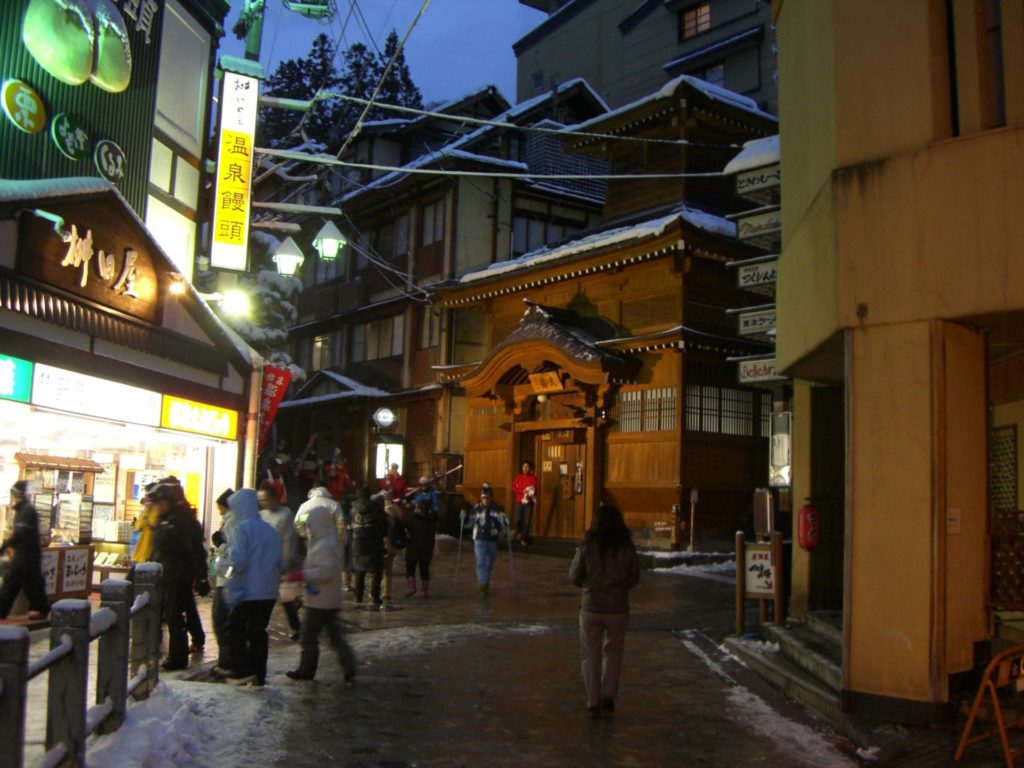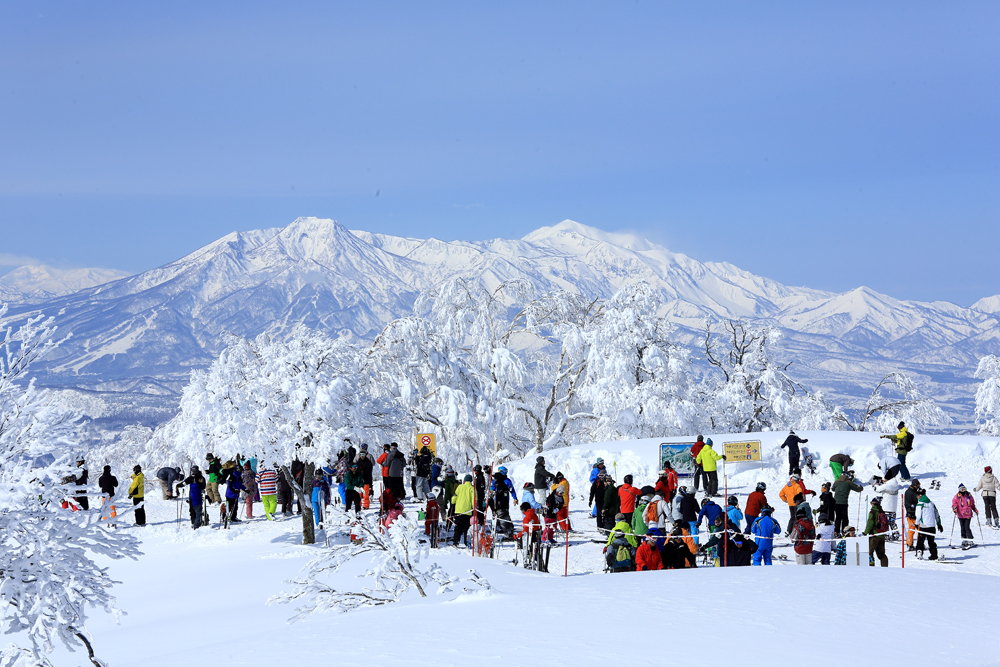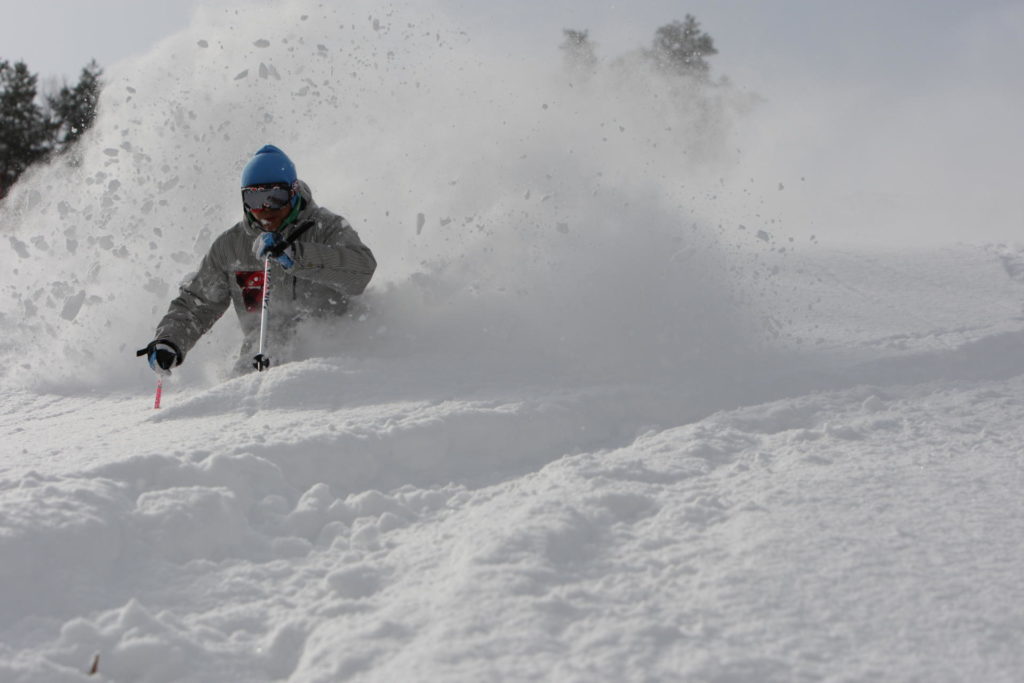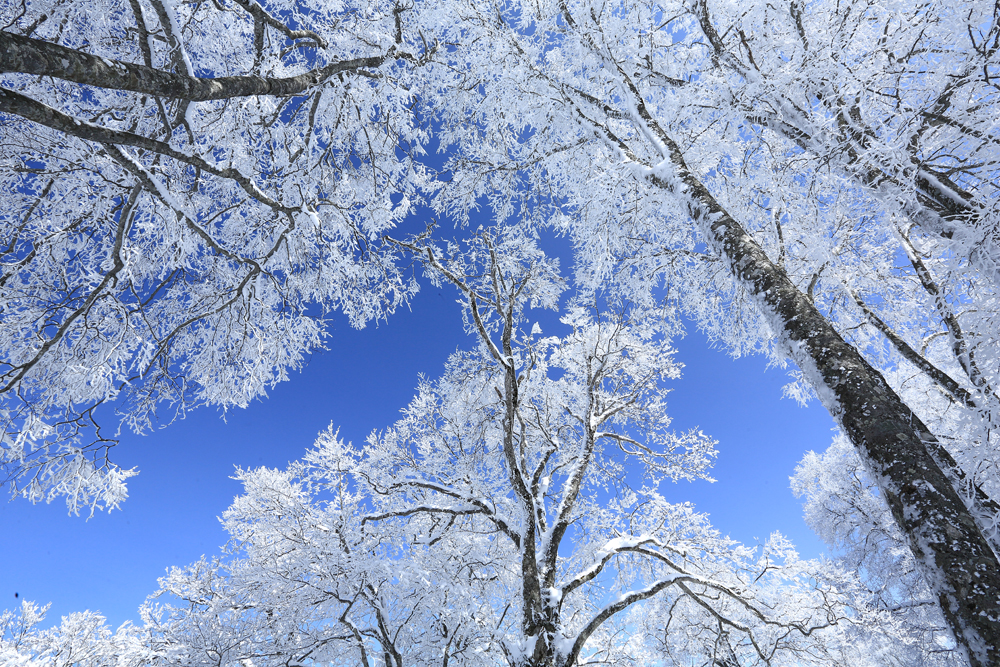A sleek new bullet train blazes a trail past the majestic Japan Alps, through Nagano City and continues on to the Japan Sea, whisking travelers from Tokyo to winter resorts and areas of pristine natural beauty in record time.
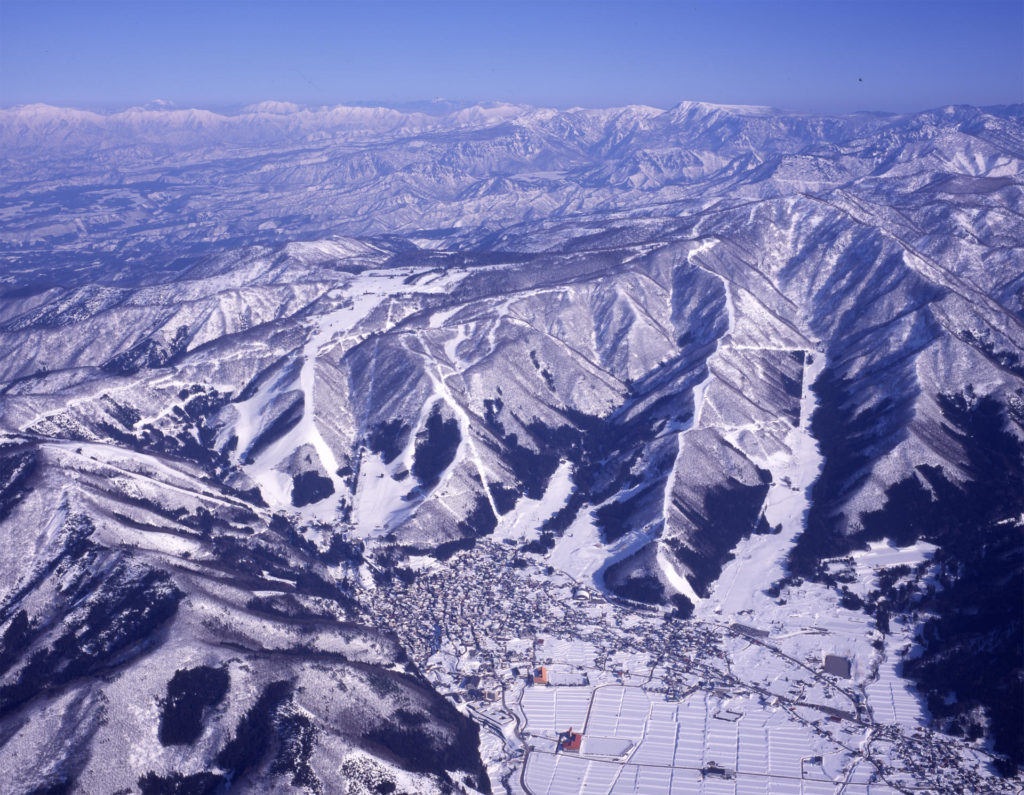
The last time Tokyo hosted a summer Olympics was in 1964, the same year the first Shinkansen (bullet train) was completed in Japan. Since then, new routes have been extending to nearly every region of the country, and Japan has hosted two more Winter Olympic—in Sapporo and most recently Nagano.
In March 2015, just five years before the Olympics will return to Japan’s capital, a new route will extend from Tokyo beyond Nagano City to Toyama, the gateway to the Tateyama-Kurobe area, and onward to the garden city of Kanazawa in Ishikawa Prefecture.
The Hokuriku Shinkansen will get travelers from Tokyo to Toyama in just two hours, whereas it previously took about three-and-a-half hours, and Tokyo to Kanazawa in about two-and-a-half instead of more than four.
Leaving Nagano Prefecture, passengers emerge from a tunnel as 3,000-meter peaks rise on one side of the train with the Japan Sea extending out of sight on the other. Travelers can hop off in the seaside town of Joetsu and jump on a high-speed ferry to beautiful Sado Island. Or perhaps stay on board and enjoy peaceful strolls through Kanazawa’s exquisite gardens.
Toyama Prefecture is blessed with some amazing natural scenery as well. The Tateyama Kurobe Alpine Route is one popular with mountain climbers, although only accessible from mid-April to mid-November due to the area’s heavy snowfall.
April and May are particularly popular months for backcountry skiers as well as those coming to see the huge valleys of snow called “Yuki no Otani.” The snow walls that reach as high as five meters dwarf tour buses passing through streets dug out in the snow.
Closer to the Snow
Until now, most visitors to Nagano City in winter jump on a bus for the many great ski resorts in Hakuba, Myoko Kogen or Shiga Kogen. The Iiyama area is often overlooked, although of late winter sports enthusiasts have discovered Nozawa Onsen as a more traditional alternative to the more international Niseko and Hakuba resorts.
The new bullet train makes it easier than ever to explore the many resorts in the Iiyama area. What used to be a 50-minute ride on a local train from Nagano City to Iiyama now takes just 12 minutes.
There are three ski resorts within the Iiyama—Madarao Kogen Ski Resort, Togari Onsen Ski Resort and Hokuryu Onsen Family Ski Resort—and Kijimadaira is just across the Chikuma River, as are the infamous snow monkeys in Jigokudani National Park.
While Nozawa Onsen is no longer a secret, the village manages to retain the traditional charm that has attracted many visitors looking for an authentic experience by preserving centuries-old traditions and staying loyal to domestic skiers and snowboarders. The village has a proud Olympic tradition, deep roots with its sister city in Austria, and the community keeps a tight reign on development.
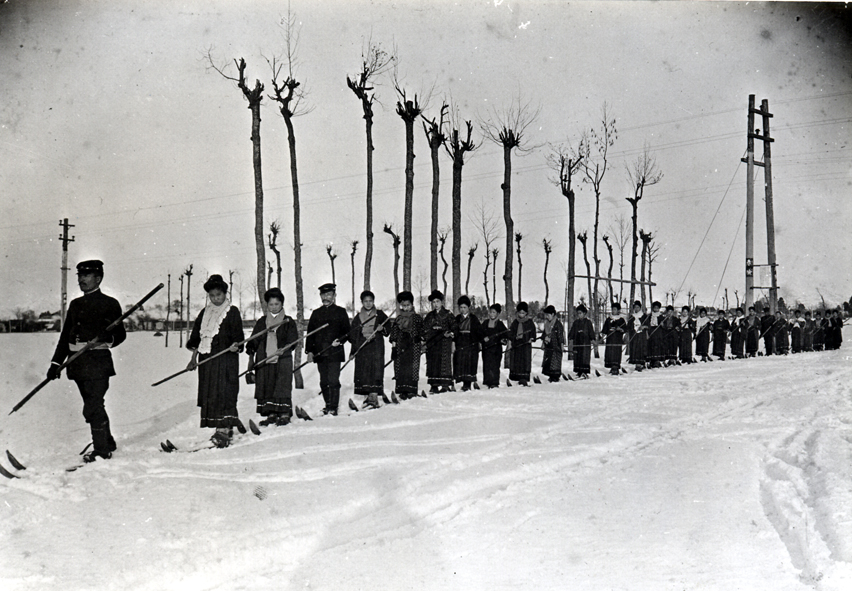
Japan’s Olympic Village
“There is one small street in our village where three Olympians live. People say there must be something in the water,” says Yuki Mori.
Considering both of Yuki’s parents competed in the 1972 Olympics in Sapporo and her brother-in-law and uncle have raced in the Winter Games as well, there might be something to this theory.
Stroll the narrow village streets, and you are serenaded by the sound of water everywhere you go. It flows beside cobblestone roads and bubbling up into 13 free onsen (hot springs) in the village. If you aren’t ready to join locals in one of the scalding traditional baths, you can dip your toes into onsen culture at one of the footbaths in town.
In winter, Nozawa Onsen’s narrow streets and pathways are lined with deep snow as huge icicles hang from lampposts. The dense village opens onto terraced rice fields before reaching the banks of the Chikuma River below. It is a traditional Japanese country village in every way, yet a faint European influence is also palpable.
A little more than a century ago, residents would have toppled over laughing in the rice fields if you suggested skiing would become the lifeblood of the village. In 1911, an Austria-Hungarian soldier named Major Theodor Edler von Lerch introduced skiing to Japan in nearby Joetsu. A year later, skiing was formally introduced to Nozawa Onsen.
However, the sport didn’t really take root until a ski instructor, Hannes Schneider, visited Nozawa Onsen. In 1930, the world-famous Austrian “skimeister” from St. Anton, a small ski village roughly the same size as Nozawa Onsen, demonstrated his Arlberg technique, his instructions translated and relayed over megaphones as eager Japanese skiers looked on.
This ushered in the modern age of skiing in Japan as the sport caught on with such fervor that the International Olympic Committee chose Sapporo to host the 1940 Winter Games. An approaching World War II intervened, but Sapporo would get a second chance to hold the games in 1972. Twenty-six years later, Nozawa Onsen would host the biathlon as part of the 1998 Nagano Olympics.
Schneider’s landmark visit left a mark on Nozawa Onsen and created strong ties to his hometown of St. Anton. The Schneider Course—Japan’s first competition course—and The Schneider Hotel, near the Hikage Gondola, still bear his name. On Feb. 7, 1971, the two villages became sister cities and, today, middle school students do annual homestay exchanges.
Mikio Katagiri, a two-time Winter Olympian (1976, 1980) moved to St. Anton when he was 17 to join the racing team. After his skiing career ended, he opened a boutique hotel in Nozawa Onsen called Haus St. Anton. His son Kensaku is a celebrated chef who runs the restaurant at the hotel.
Katagiri served as Japan’s Olympic National team coach for 20 years, director of the alpine national team (until the recent Olympics in Sochi) and is now the president of Nozawa Onsen Ski Resort.
“Fifteen villagers have represented Japan at the Winter Games since 1955,” Katagiri says proudly. With less than 4,000 year-round residents, Nozawa Onsen may have the highest number of Olympians per capita in the world.
Nozawa Onsen Ski Resort is jointly owned and run by the village and a community organization called the Nozawa Gumi Sodai which manages and preserves cultural activities in the village. The partnership has kept development under control and preserves the cultural assets and ambience that have been lost in other ski towns in Japan.
While international tourism is welcome and greatly supports the village, many lodges still primarily cater to Japanese guests who have shorter windows to enjoy skiing at the resort, often only on weekends. Katagiri believes this is essential to preserve the village’s identity while nurturing skiing in Japan.
“One thing I like about our resort is the family course near the top of the mountain,” he explains. “The easiest courses are usually at the bottom of the hill, so beginners never go to the top. Feeling what it is like at the top of the mountain—the fresh air, the view and the excitement—is part of skiing. If you are tired at the end of the day, getting down can be difficult and dangerous, but we encourage beginners to take the gondola back down safely.”
Passing the Torch
Jan. 15 is the biggest day of the year in Nozawa Onsen. For centuries, the Dosojin Hi-Matsuri has been a rite of passage for men in the village. The winter fire festival culminates in an epic battle and attracts a lot of foreign and domestic tourists; rooms are booked months in advance.
While guests may feel impelled to be part of the action, they should respect the tradition and enjoy the unique spectacle from a safe distance. Warm socks and good footwear are recommended, and note that snow mixed with ash and burning embers can destroy your favorite winter jacket.
As the torch is passed from one generation to the next, the latter seems ready to run with it. Akira Mori manages Sakaiya, winner of the World Ski Award for Japan’s Best Ski Boutique Hotel in 2013. Akira is the 18th generation of his family to run the Ryokan.
“Niseko and Hakuba have been important gateways to Japan for skiers, but people also want something more traditional, more Japanese,” says Akira.
“Tradition and culture are still strong here, it is not made up, it’s a natural a part of every day life,” his wife Yuki adds.
Katzu Kono’s family has been running Hotel Shirakaba for half a century. They also run a rental shop at Hikage Gondola and one in The Schneider Hotel. He lived in Austria for a number of years, and he and his brother Kenji competed on the World Cup Tour.
“Before the (2011) earthquake there were a lot of foreign guests; it got pretty quiet after, but for the last two years it’s even busier than before,” he says. “Its more compact than Hakuba, but there are many valleys to explore and some interesting terrain,” Katzu says.
His cousin, Yuta Ueno, also an ex-World Cup skier, runs Compass House with his wife Manami who competed at the Sochi Olympics. They opened a new shop near the Nagasaka Gondola called Mt. Dock, carrying high performance gear and organizing junior ski camps and events. When the snow melts, they do bike rentals and tours in the area. He and his family have been working hard to make it an all-season resort.
“Bike rentals were up 150 percent this summer. You can take your bike up on the gondola and enjoy downhill and cross-country courses. Winter is what Nozawa is most famous for, but spring and autumn tours are especially good and shows Nozawa in a new light,” he says.
The quintessential Japanese ski town continues the delicate balancing act of preserving traditions while welcoming foreign tourists. Other areas in the region may soon be seeing more visitors as the Hokuriku Shinkansen, which begins operation in March 2015, will make it easier to explore northern Nagano and beyond.

